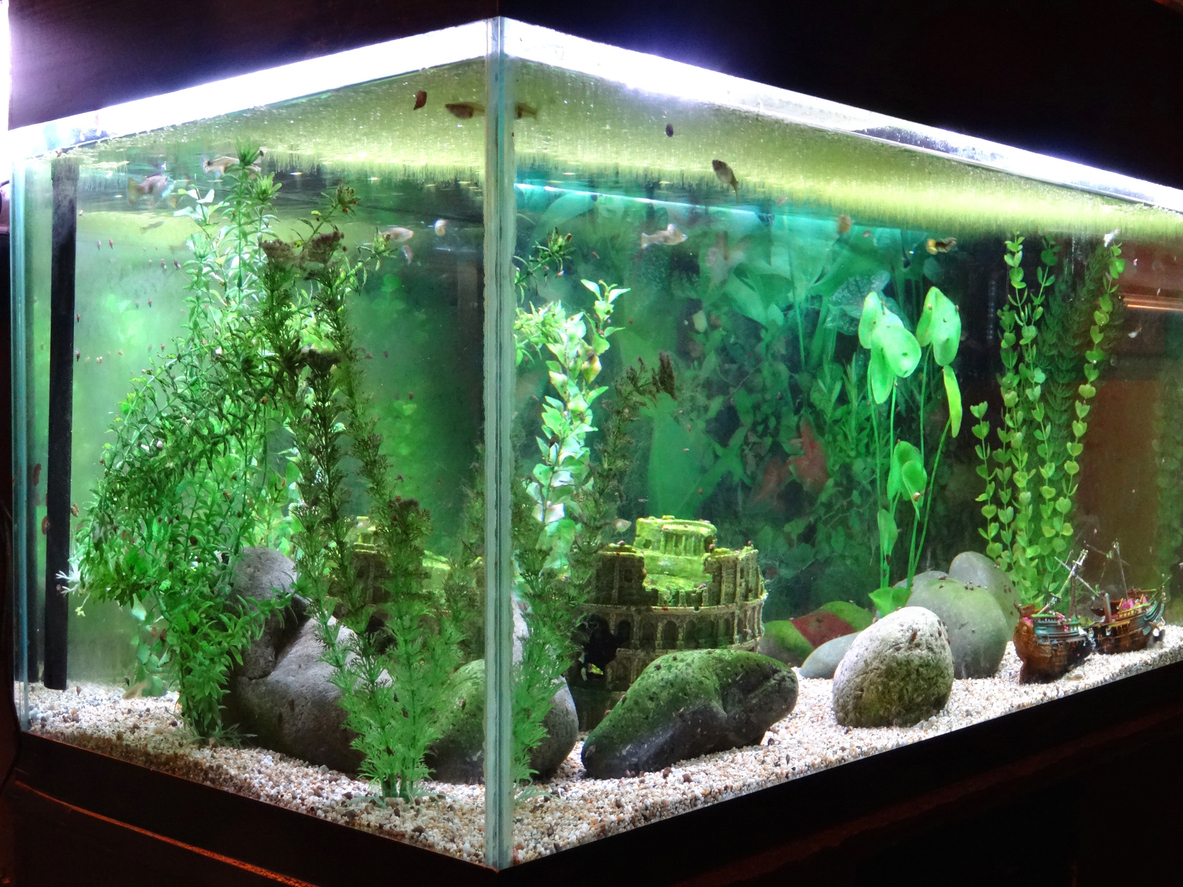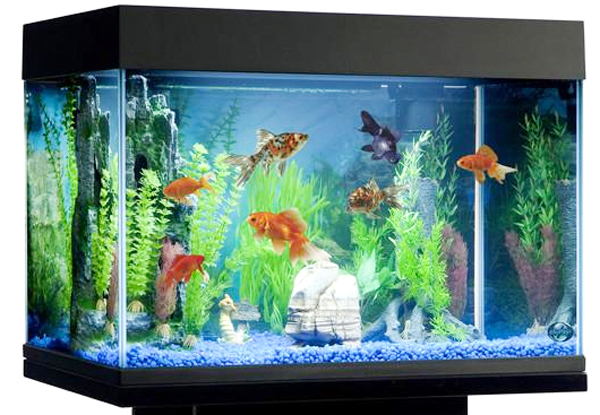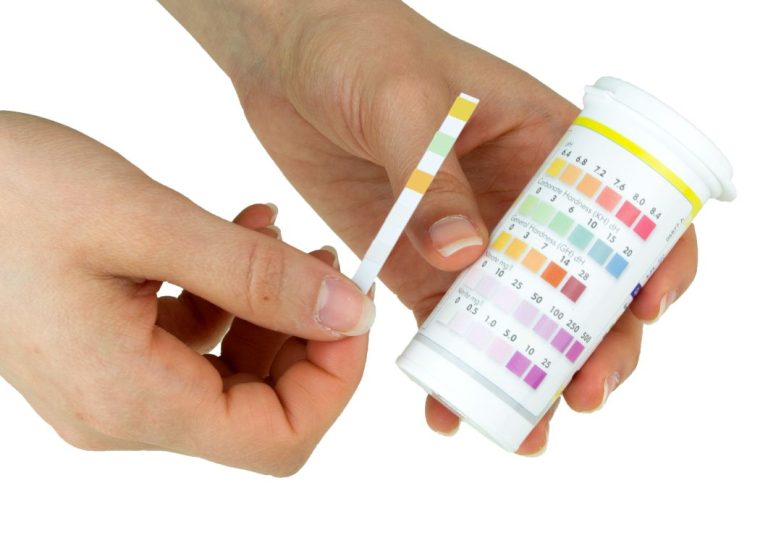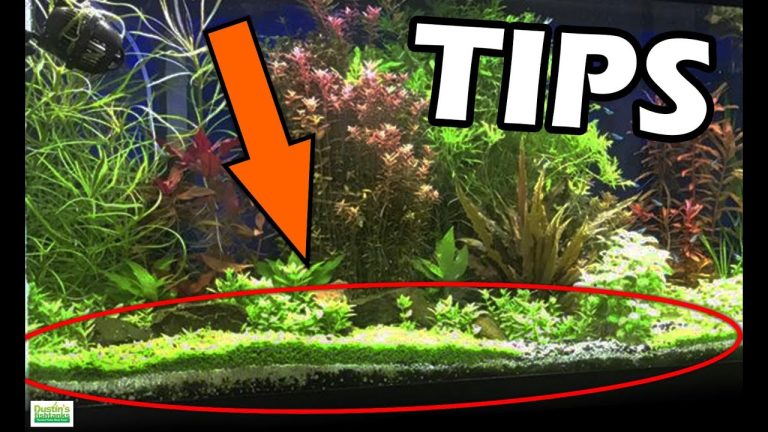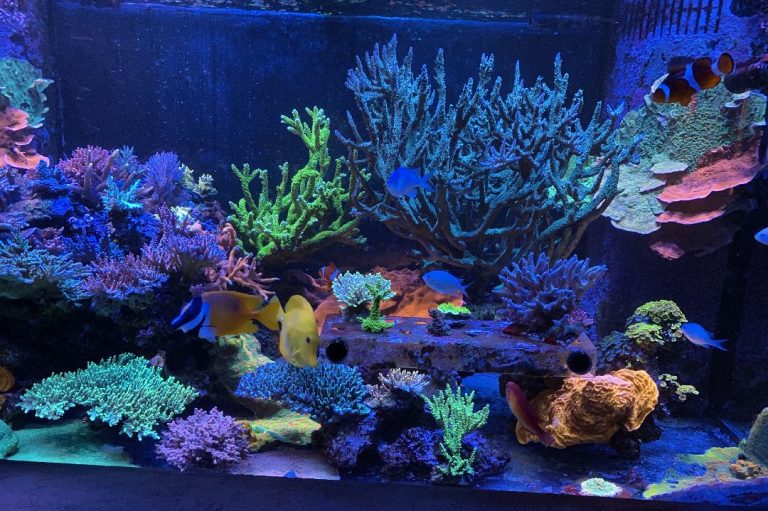Condensation In Fish Tank
Condensation in Fish Tank: Dealing with the Pesky Problem
Condensation in a fish tank is a common issue that many aquarium enthusiasts face. It can be frustrating to deal with, as it not only affects the visibility of your tank but can also lead to potential health problems for your fish. In this article, we will delve into the causes of condensation in fish tanks, the impact it can have on your aquatic pets, and effective ways to mitigate the problem. So, let’s dive right in!
What is condensation in a fish tank?
Condensation occurs when water vapor in the air comes into contact with a cool surface and turns into liquid. In the case of a fish tank, condensation manifests as droplets of water forming on the inside walls of the tank, the hood, and even the substrate. This moisture can obstruct your view of the fish and plants, making it difficult to enjoy the beauty of your underwater world.
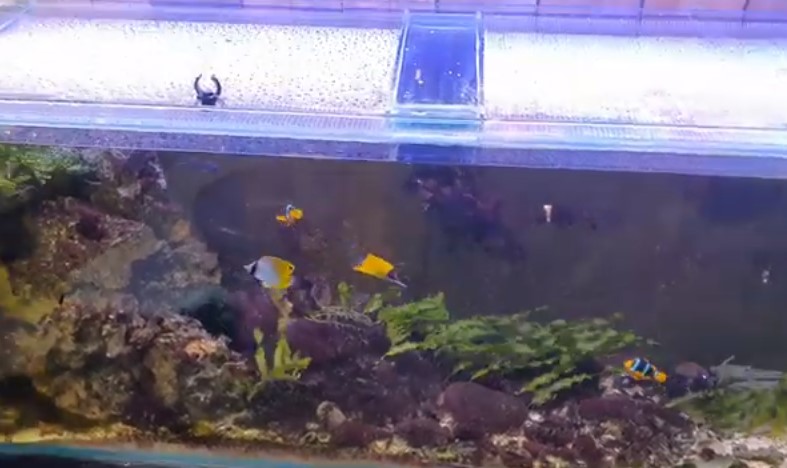
Causes of condensation in a fish tank
1. Temperature difference: A significant cause of condensation is the difference in temperature between the air inside and outside the tank. Warm air holds more moisture, and when it comes into contact with the cooler surface of the tank, it releases the moisture in the form of condensation.
2. Poor ventilation: Inadequate airflow in your aquarium area can also contribute to condensation. When there is limited ventilation, the humidity levels within the tank can rise, leading to the formation of condensation.
3. High ambient humidity: The moisture content in the air surrounding your fish tank plays a crucial role in the occurrence of condensation. If you live in a particularly humid environment, your tank is more likely to experience condensation issues.
The impact of condensation on your fish
While condensation may seem like a minor irritant, it can have some negative consequences for your fish and their habitat:
1. Poor water quality: Excessive condensation can lead to an increase in humidity levels within the tank. This can result in poor water quality, as higher humidity levels create a favorable environment for the growth of harmful bacteria and fungi.
2. Reduced oxygen exchange: Condensation obstructing the surface of the water can impede oxygen exchange, which is essential for the well-being of your fish. Inadequate oxygen levels can lead to stress, suffocation, and even death in extreme cases.
3. Mold and mildew growth: The constant moisture caused by condensation can promote the growth of mold and mildew, both of which can be detrimental to the health of your fish and the overall aesthetic of your tank.
Mitigating condensation in your fish tank
Now that we understand the causes and impact of condensation in fish tanks, let’s explore some effective ways to address this pesky problem:
1. Improve tank ventilation: Enhancing air circulation around your aquarium is key to minimizing condensation. You can achieve this by installing fans or air vents near the tank to allow for better airflow. Additionally, opening windows or using dehumidifiers in the room can help reduce overall humidity levels.
2. Use a dehumidifier: If you live in an area with consistently high ambient humidity, consider investing in a dehumidifier for the room where your aquarium is located. This can significantly reduce moisture levels, mitigating the occurrence of condensation.
3. Adjust water temperature: Maintaining a consistent temperature for your fish tank can help reduce the difference in temperature between the air and the water surface. Consider using a heater or chiller, depending on the needs of your fish species, to regulate the water temperature effectively.
4. Insulate the tank: Insulating your fish tank can help reduce temperature fluctuations and prevent condensation. Using an aquarium hood cover or insulating the walls of the tank with Styrofoam can help create a more stable environment, minimizing the chances of condensation.
5. Monitor humidity levels: Invest in a hygrometer to keep an eye on the humidity levels in the room and inside the tank. Ideally, maintain a relative humidity of around 50-60% to minimize the formation of condensation.
Frequently Asked Questions
Now, let’s address some common questions that fish tank owners often have about condensation:
Q: Is condensation harmful to my fish?
A: While condensation itself is not directly harmful, it can lead to poor water quality and oxygen exchange issues if left unaddressed. It is essential to control condensation to create a healthy and thriving environment for your fish.
Q: Can I wipe off the condensation with a cloth?
A: It is best to avoid wiping the condensation off directly with a cloth, as it can introduce contaminants into the tank. Instead, improve ventilation and adjust temperature to reduce condensation naturally.
Q: Will a larger aquarium have less condensation?
A: Not necessarily. While a larger volume of water may help distribute the difference in temperature more evenly, condensation can still occur if the room’s humidity levels are high or if ventilation is inadequate.
Final Thoughts
Condensation in a fish tank is a common problem that can affect the enjoyment of your aquarium. By understanding its causes and impact, and implementing effective measures to mitigate it, you can create a healthier and more visually appealing environment for your fish. Remember to monitor humidity levels, improve ventilation, and maintain appropriate water temperature to keep condensation at bay. By taking proactive steps, you can ensure that your fish tank remains a captivating and thriving ecosystem for years to come.
